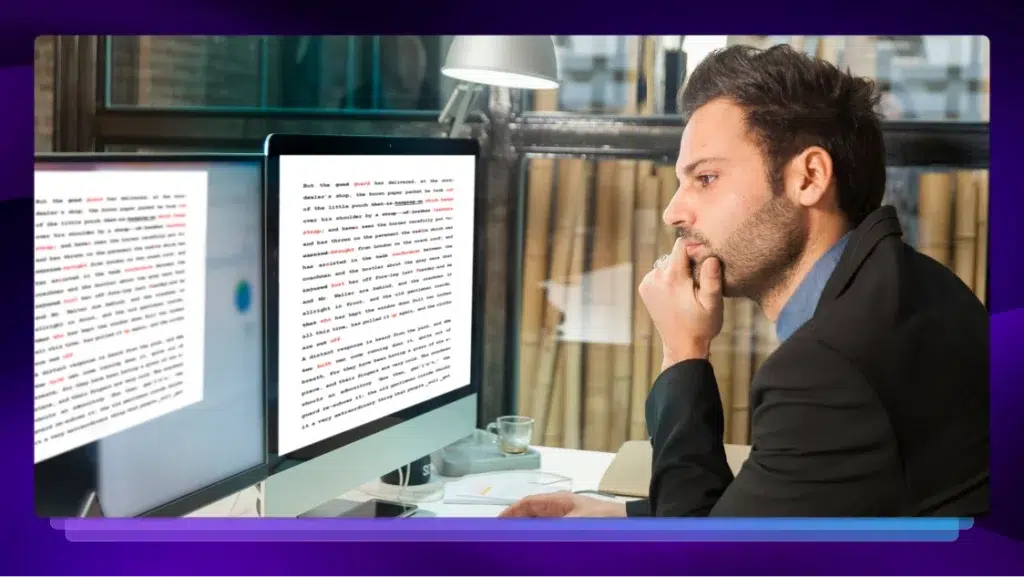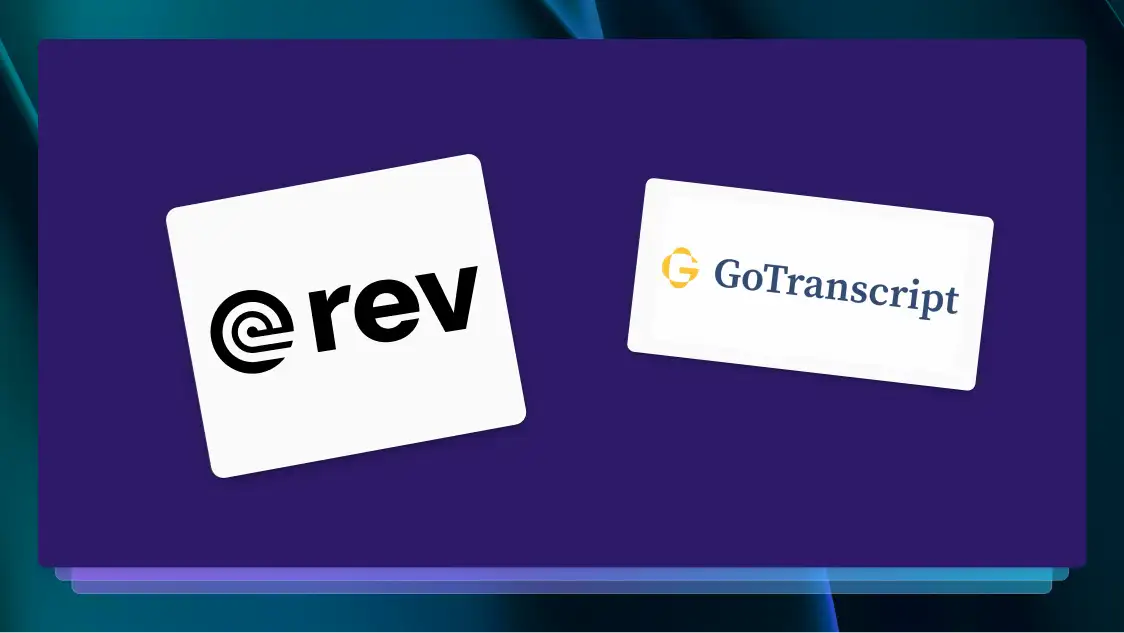Transcription vs. Translation: Which Service Is Right for You?
Uncover the differences between transcription and translation, and discover which service is right for your needs with our in-depth guide.

Transcription or translation? The difference between the two services can be confusing, but both are vital for increasing your video content’s engagement and reach in today’s competitive online world.
Transcription can make your video accessible in ways that audio-only simply can’t. Meanwhile, translation can help you reach audiences who understand any of the 7,000 (really!) spoken languages in the world. But how do you know if it’s transcription or translation that you need?
As an industry leader in speech-to-text services, Rev takes a special interest in helping users know the difference between transcription vs. translation. As with all of our services, we want to help you find the exact help you’re looking for, so we’ve put together this handy guide that tells you everything you need to know about transcription and translation.
What Is Transcription?
Transcription is the act of turning audio into text. Transcription is important for video, as it’s a written record of an audio or video presentation. Essentially, a person (or an AI) listens to the audio and turns it into something visual.
Transcription can happen in any language; the point is that speakers of the source language can read what’s being said in that particular language. A transcription of a French-speaking interview for a French audience, for instance, would be written in French.
Transcription is used for a variety of reasons across any number of applications. For a finished project, transcription is vital for situations where audio isn’t available to the viewer. Hearing-impaired folks value transcription, for instance. Or viewers in public places who don’t have their earbuds. Transcription can be the difference between losing those viewers or winning them over.
For a work in progress, transcription makes your workflow much simpler. Rather than having to comb through hours of cumbersome audio files, you can scan a written document for the information, passages, or highlights you need.
What Is Translation?
Translation is the process of converting spoken or written text from one language to another language (or languages). The origin and output of translation files can vary; sometimes translation happens in real time, as a one-to-one process where the audience hears the new language as the original is being spoken.
For pre-recorded videos, the translation appears as subtitles onscreen while the audio is in its original language. Dubbing, where the new language track appears to be spoken by the original speakers onscreen, is also sometimes considered translation. However, the main difference between the two is that dubbing involves verbal translation only while traditional translation uses the written word.
The easiest way to translate audio, however, is to have the track transcribed into its original language, then convert the text into a new language. The new text can then be used for all of the applications we just mentioned. Looking instead for a breakdown between translation and interpretation? We’ve got you covered there too.
Translation vs. Transcription: A Breakdown
Knowing the specific similarities and differences between translation and transcription can save you a lot of headaches when you’re looking for the right service for your job. If you need a deep dive into translation vs. transcription, look no further.
Differences Between Transcription and Translation
The primary difference between transcription and translation is that a transcription is in the same language as the original audio, while a translation changes text from one language into another.
Remember that, and you’re well on your way to figuring out which service you need when choosing between transcribe vs. translate.
Other differences between transcription and translation include:
- Transcription usually changes format from audio to text
- Translation changes language but often sticks to the same format
- Transcription begins with audio or video, while translation can originate in text
Similarities of Transcribing and Translating
Here’s where it gets confusing. There are several similarities between transcribing and translating, most notably that they both take one form of communication and turn it into another. The end result can look pretty similar, too, which sometimes makes figuring out which service you need for your job difficult.
Some other similarities between transcription and translation include:
- Both are vital for properly communicating video to the broadest audience
- Both help expand your video’s reach, engagement, and accessibility
- Both can be completed by either humans or AI
How to Determine Which Service Is Right for Your Needs
You can decide which service you need by asking yourself a few questions about your project. Ask questions like:
- Am I looking for a verbatim transcription of the recorded version?
- Is my audience exclusively speaking the language of the original recording?
- Is my goal to make my video understandable even if the audio isn’t available?
The answers to these questions will guide you to the right service.
That’s not to say that there won’t be situations where you might need both services. Once you’ve gotten your video or audio transcribed and used the transcription for onscreen captions or video subtitles, you might find great benefit in expanding your reach to audiences who speak different languages. In that case, you’d seek out a translation service after transcription.
A comprehensive speech-to-text service like Rev gives you options; you can transcribe a language one-to-one whether it’s English-to-English, Spanish-to-Spanish, etc., or you can use us to translate and transcribe subtitles into 17 languages. When trying to distinguish between transcription and translation services, finding a partner that does it all certainly helps!
What Is a Transcription Service?
A transcription service converts live or recorded speech into text for you for a small fee. This is done for many purposes, from expanding the reach of an audio recording to providing a more manageable way to utilize substantial audio and video files.
In the end, the output of a transcription is the same: a scannable text document. These are almost exclusively digital but print versions are also still relevant.
Benefits of an Accurate Speech-to-Text Service
The most important thing about a transcription is its accuracy. If the words in the text don’t match up with the original version, the viability of your entire project could be undermined. Plus, inaccurate transcription simply makes your job harder. Here’s how accuracy helps, and why it matters:
- Accurate transcription allows you to find exactly the info you’re looking for when prepping your edit
- AI transcription’s quick turnaround time allows you to get your job done quickly
- Captions and subtitles that accurately reflect the audio expand your project’s reach and engagement
- Speech-to-text services allow viewers to fully comprehend audio in a text format
- Translation services can expand your reach to audiences who speak dozens of different languages
Translation or Transcription? The Answer is Both, and Rev Can Help!
Whether you need transcription or translation, accuracy matters above all else. Since you’ll often find that your needs blur between the two, when seeking a service to help on your job, it makes sense to consider someone who can help in both areas. Rev offers both AI and human services for quick, cost-effective, and accurate transcription and translation. Streamline your workflow and help your project increase its reach and engagement with Rev.















